
Hope's Turner Syndrome Medical Fund
In the beginning...
At 15 weeks into the pregnancy we discovered that Hope had hydrops in her skin. Hydrops is a condition where fluid accumulates in at least two areas of the baby, in this case all of Hope's skin was swollen with fluid. We were referred to a specialist where we were told that there was a 70% chance of still birth. They identified hydrops surrounding the lungs and abdomen. They also discovered something called echogenic bowel, or bright gut, which is a leaking plasmic discharge in her bowel. They also saw a cystic hygroma (a lymphatic growth or lesion at the base of a baby's neck or head) that was larger than her head, as well as a hole in her heart. 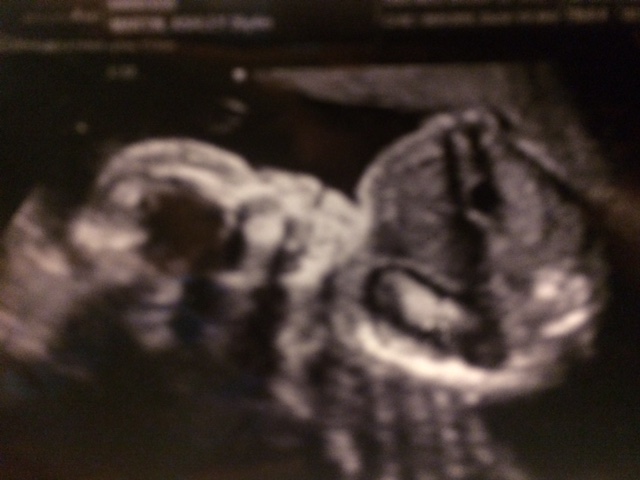
As time passed, some things got better, other things got worse. It was around week 25 when we had her heart checked and they said that there was a possible septal defect but the aorta was fine.
Around week 35 the hygroma was gone along with the hydrops. They then told us they couldn't see any heart defect so we thought we were in the clear. There was still a risk for Turners but it was looking promising. We were told to get a follow up echo after birth.
We knew that there was the potential for the vsd (ventrical septal defect), but couldn't believe when they told us about the coarctation of the aorta (a narrowing of the aorta), a common issue among Turners babies. 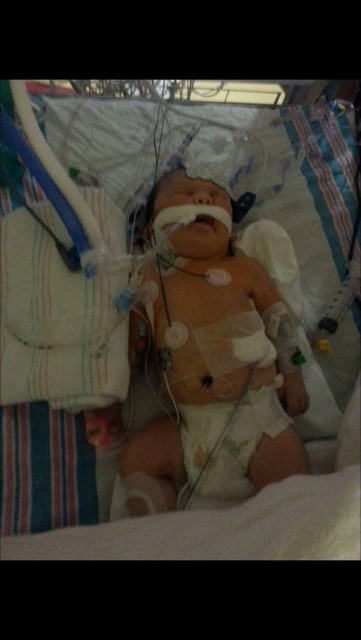
On her second day of life she was transported to Eggleston and had heart surgery at day 4. The doctor found a narrowing in the arch along with a leak of lymphadoma. After genetic testing it was confirmed that she has Turners syndrome. 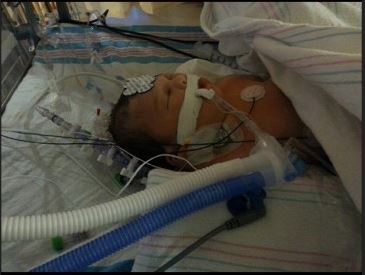
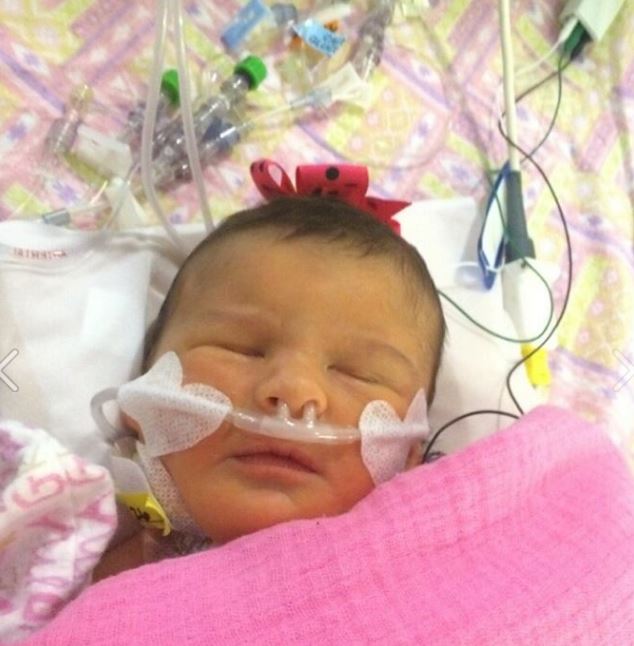
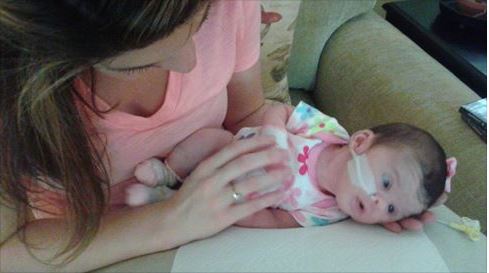
Turner Syndrome information...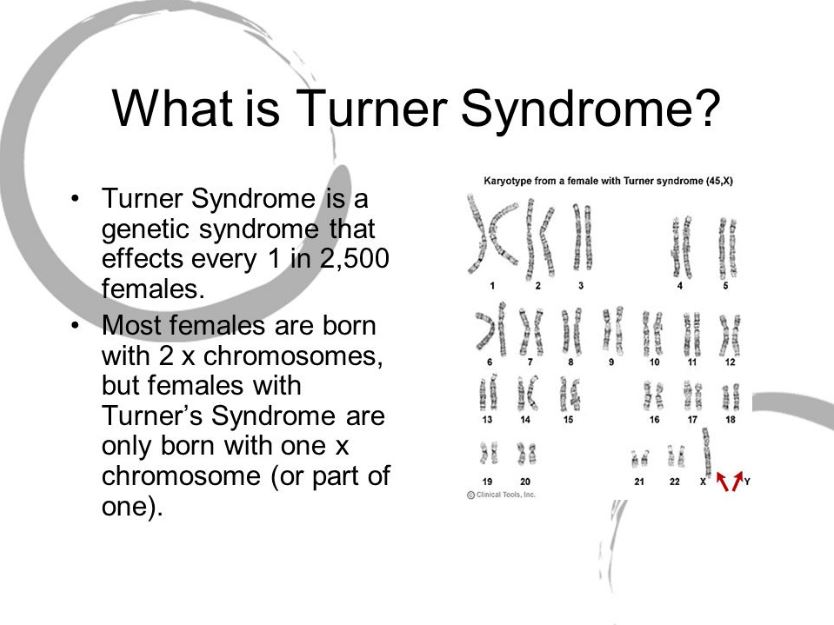
Turner syndrome is a lifelong condition. Most people live long and healthy lives, yet some are susceptible to numerous chronic conditions. Health supervision involves careful medical follow-up care, which includes screening for commonly associated chronic diseases. Early preventive care and treatment are also essential.
In childhood, growth hormone therapy is standard to prevent short stature as an adult. The results of a double-blind, placebo-controlled trial show that the combination of growth hormone and ultra-low-dose estrogen in childhood may improve growth in patients with Turner syndrome. The ideal age for initiating treatment has not been established. Taller adult heights occur with the longest treatment durations before the start of puberty.
Estrogen replacement therapy is usually required, but starting too early or using doses that are too high can compromise adult height. Estrogen is usually started at age 12-15 years. Treatment can be started with continuous low-dose estrogens at 12 years, or as early as 5 years .
Growth hormone may have long-term favorable effects on lipids, even after it is discontinued.
Patients are suspected of having a high risk of keloid formation. This must be taken into consideration if cosmetic surgery is contemplated because keloids may negate any gain from such procedures.
Turner's Syndrome patients also do not enter into puberty without hormone replacement. In many cases a hysterectomy is necessary at an early age to prevent medical complications.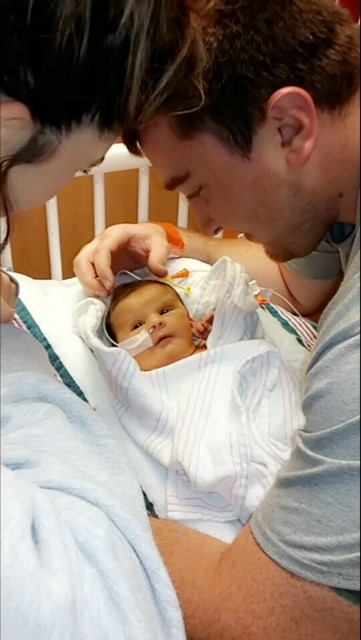
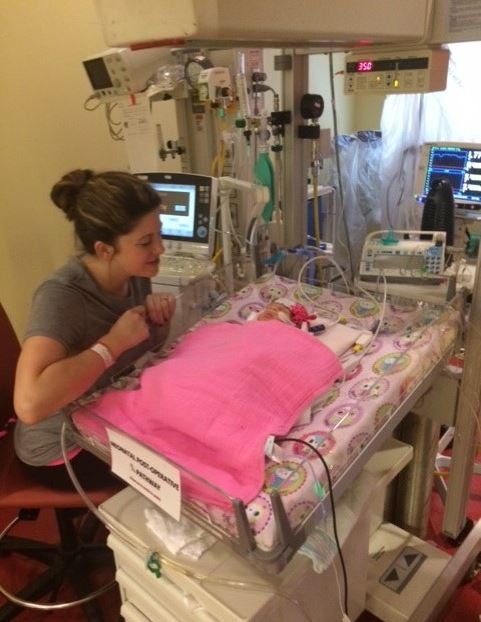
We are asking people to help with donations to support the ongoing health costs for Hope's treatments. Turner's syndrome is a challenge, however many people who have Turner's syndrome go on to live normal, successful lives. Anything you can give will help and we will be eternally grateful.